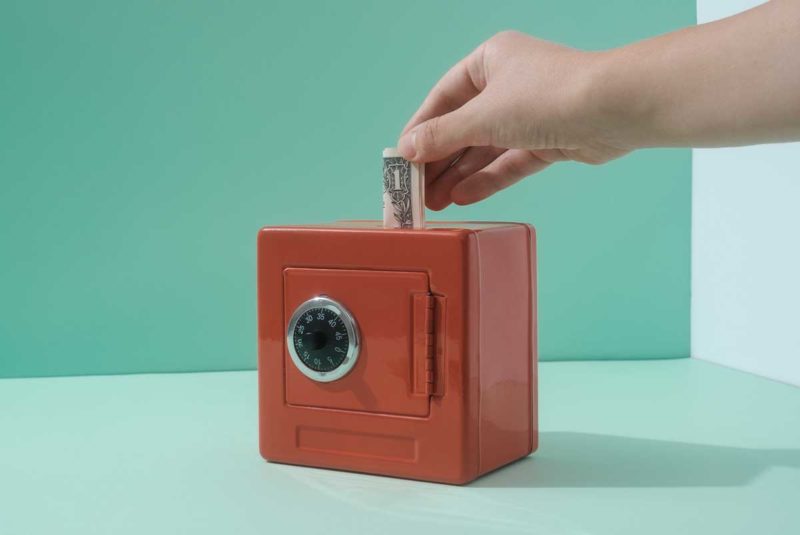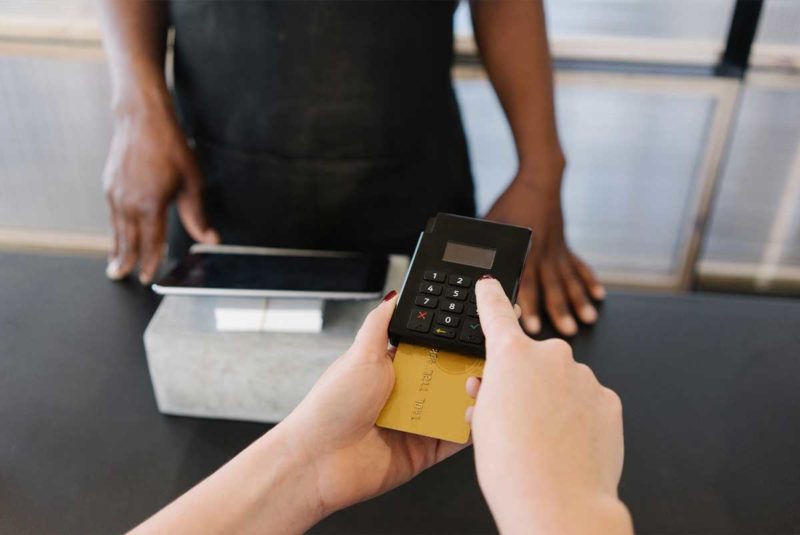Whenever you get a loan, you’ll usually have to pay interest. Even though credit cards are a type of loan, you can avoid interest fees completely with most cards.
Interest is a fee you pay for borrowing money from a lender. Most of the time, the interest you pay is a percentage of the amount you borrow.
How interest works
Lenders and credit card issuers have different ways of calculating interest fees, and the process can get complicated. But, here’s a simple example of how credit card interest works.
Let’s say you borrow $1,000 at a 20% annual interest rate. After a year, you would owe $1,200. This is because you need to pay back the $1,000 you borrowed plus the interest fee, which is 20% of the amount you borrowed. Since 20% of $1,000 is $200, you owe $200 in interest.
Credit card interest is more complex than the example above, but the underlying concept is the same. When you borrow money, you may have to pay the card issuer a fee.
With credit cards, the interest rate is called an Annual Percentage Rate, or APR. The APR is the effective interest rate you’d pay if you borrow money on a credit card for a year.
Credit cards are a type of loan. When you use a credit card, you’re borrowing money from the issuing bank until you pay your bill. Because it’s a loan, you might expect to always pay interest. Yet with most credit cards, you can avoid paying interest completely.
Many credit cards will have several different APRs:
- Purchase APR: This is the APR credit card companies charge on normal purchases. It’s sometimes called the Regular APR. Most cards have a “grace period.” This means there are no purchase interest charges if you pay your statement balance on time and in full each month.
- Balance Transfer APR: When you transfer a balance from one credit card account to another, this is the APR you’ll pay on that debt. Sometimes it’s the same as the Purchase APR, but it can be different. Most banks start charging interest on balance transfers immediately unless the card has an introductory balance transfer APR.
- Cash Advance APR: If you use your credit card to withdraw cash at an ATM, you’ll pay this rate. Interest charges usually start the day the cash is withdrawn, so there’s no grace period. This APR is often higher than the Purchase APR, and there are usually other fees involved as well.
- Introductory APR: Some cards offer a lower intro APR, often 0%, for a limited time after opening the card. This could be for purchases, balance transfers, or both. It’s “introductory” because the special lower interest rate only lasts for a limited time period.
When you visit MoneyTips, we want you to know that you can trust what’s in front of you. We are an authoritative source of accurate and relevant financial guidance. When MoneyTips content contains a link to partner or sponsor affiliated content, we’ll clearly indicate where that happens. Any opinions, analyses, reviews or recommendations expressed in our content are of the author alone, and have not been reviewed, approved or otherwise endorsed by the advertiser.
We make every effort to provide up-to-date information; however, we do not guarantee the accuracy of the information presented. Consumers should verify terms and conditions with the institution providing the products. Some articles may contain sponsored content, content about affiliated entities or content about clients in the network. While reasonable efforts are made to maintain accurate information, the information is presented without warranty.
Avoiding Interest on Regular Purchases
Most credit card offers include a grace period for “new purchases.” The grace period extends from the time you make a purchase to the due date of the monthly billing cycle when you made the purchase.
As long as you pay off purchases (aka your statement balance) by the time your monthly statement is due, the credit card company doesn’t charge interest on them.
When you pay any amount less than the new balance — only the minimum monthly payment, for example — you’ll have an unpaid credit card balance that carries over to the next month.
Interest charges will accrue on these unpaid balances. When you don’t pay your full balance, that’s sometimes called “carrying” or “revolving” a balance. And, if you pay less than the minimum payment, you can also end up with late fees.
To avoid a finance charge, all you need to do is pay off your statement balance in full by the time your credit card bill is due every month. You can do this when you get your statement in the mail, or any time before the bill is due.
Most credit card issuers will let you connect a checking account and schedule automatic drafts to pay the full statement balance on the due date.
A deeper look
To help illustrate this idea, imagine you have a separate checking account from your main account. Every time you make a credit card purchase, you could transfer that same amount into your second checking account. At the end of the billing period, your second checking account should have the exact funds needed to pay off your credit card statement balance in full.
In reality, it wouldn’t be all that practical to transfer money every time you make a purchase. But this could help you think about setting money aside to pay your bill.
While most credit cards work this way, not all credit cards do. With some cards, you’ll be charged interest on purchases immediately. Other cards start with a grace period, but it’s possible to lose the grace period if you make a late payment, for example.
Making a particularly late monthly payment could also damage your creditworthiness and cause your issuer to impose a penalty APR — a higher interest rate that’s designed to make up for your risk as a borrower.
Make sure you read the terms and fine print for your card to find out how its grace period works.
How your credit card balance affects your credit scores
Aside from allowing you to use credit cards interest free, paying off your statement balance each month will help minimize your credit utilization.
A low credit utilization rate can benefit your credit scores considerably. Whatever outstanding balance you’re carrying when your issuer generates your credit card statement is the balance that appears on your credit reports and factors into your credit utilization.
A sizable portion of your FICO® Score — 30% to be exact — is based on factors like credit card utilization, the number of accounts with balances on your credit report, and more. So, you’re typically better off keeping your credit card balances (and your credit card utilization, by extension) as low as possible.
Avoiding Interest on Balance Transfers
If you get a new credit card with a 0% introductory balance transfer offer, you can usually avoid paying interest by paying off the debt you move over within the introductory period. However, late or returned payments usually end the 0% introductory period, making it critical to always pay on time.
Also, watch out for the terms of your card. Some cards come with a 0% APR intro offer for purchases, but you can lose that if you transfer a balance to the card.
If your card does not have a 0% introductory offer, interest on balance transfers usually starts accruing immediately. You won’t be able to avoid interest unless you can somehow pay the balance the same day you make the transfer. The bank will usually charge a fee to transfer a balance, too, unless there is a special promotion.
Avoiding Interest on Cash Advances
Unlike regular purchases, interest will begin accruing immediately on cash advances.
This means you won’t be able to avoid paying some amount of interest on a cash advance unless you pay it off the same day. If you have the money to pay it off right away, though, you probably don’t need the cash advance in the first place.
Most credit cards will also charge you a fee when you use your card for a cash advance. You’ll have to pay this cash advance fee on top of any interest fees the card issuer charges. A typical cash advance fee is 5% of the amount withdrawn, with a minimum fee of $10.
We generally recommend avoiding cash advances. They’re an expensive way to borrow money. And while a cash advance by itself won’t damage your credit, if it drives your credit utilization rate up higher, it might trigger a drop in your credit scores.
The Short Version
- Interest is a fee you pay for borrowing money from a lender. Most of the time, the interest you pay is a percentage of the amount you borrow
- Credit cards are a type of loan. When you use a credit card, you’re borrowing money from the issuing bank until you pay your bill
- As long as you pay off purchases (aka your statement balance) by the time your monthly statement is due, the credit card company doesn’t charge interest on them




